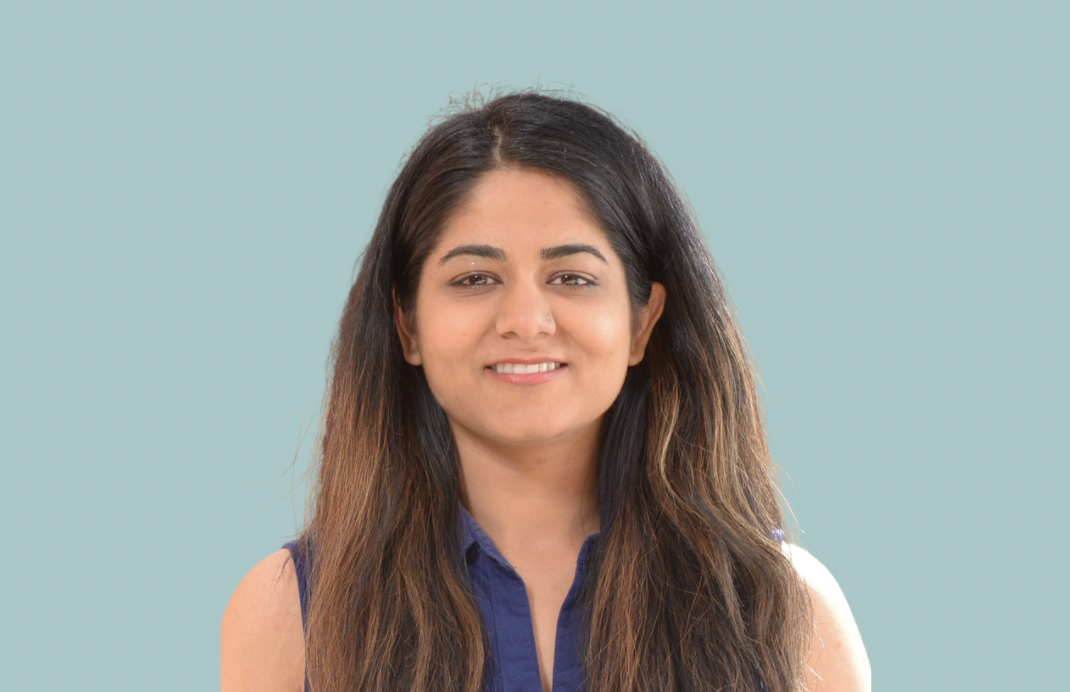A Tribute to the Women Conquering New Frontiers in Neuroscience

Sandra Day O’Connor. Danica Patrick. Kamala Harris. Dr. Nancy Sicotte. For the average American, one of these names is not like the others, despite a resume and list of accomplishments that are every bit as impressive.
Retired Supreme Court Justice O’Connor, race car driver Patrick and Vice President Harris are best known for shattering the glass ceiling in their respective male-dominated fields—but it’s Dr. Sicotte who chairs the Department of Neurology at Cedars Sinai, one of the world’s most acclaimed nonprofit academic health care organizations.
It’s Dr. Sicotte who has been recognized repeatedly as a “Best Doctor in America” and taken part in the writing of more than 70 peer-reviewed articles. And it’s Dr. Sicotte who represents what young women interested in neuroscience careers can one day be—perhaps with a bit of help from those that came before them.

The gender gap is real, but it’s narrowing
In an October 2018 issue on gender disparities in neuroscience, Brain & Life—a publication of the American Academy of Neurology—spotlighted just how wide the gap is between women in the field and their male counterparts. Citing a JAMA study, Brain & Life reported that only about 31% of women were represented in academic neurology. Worse, at the professor level, that number shrunk to less than 14%. More male academic neurologists had their work published, too, and female neurologists in academic medicine made $40,000 less than male peers. That’s the bad news.
The good news is that the gap in neuroscience careers is starting to close in both academia and a clinical setting. Between 2007 and 2015, there was about a 21% increase in women physicians actively practicing neurology in the U.S. and a 25% increase between 2009 and 2015 for those in an academic setting.
“When you find the right people and groups to support you, there is nothing that can stop you,” says Abhita Batra, neuro42’s Chief Strategy Officer and only women on the company’s senior leadership team.

Removing the barriers halting progress
For every Dr. Sicotte, there are countless other women who have been historically excluded from positions of power in their neuroscience careers. In a 2019 review on women in neuroscience published in the Journal of Neuroscience Research, the piece’s authors wrote: “A more insidious reason for the drop in the number of women especially in positions of power might be subtle biases and stereotypes against women scientists in the workplace.”
This type of prejudice is not only hurting aspiring female neurosurgeons, but it’s precluding some of the best and brightest from entering or remaining in the field of neuroscience and neuroscience research.
“Women have a passion for neuroscience and finding new ways to treat brain and spinal cord injuries,” Batra said. “Women are multitaskers, pay attention to detail, are sensitive to the emotional needs of patients and possess the same skills as men.”
One idea Batra recommends to help tear down some of these barriers is better mentorship programs. Industry groups like Women in Neurosurgery (WINS) offer both medical students and residents the opportunity to gain a mentor, while some neurosurgery departments like the one at Stanford serve up encouragement online to prospective female neurosurgeons.
The hope is that strong mentorships and words of wisdom from women who have already blazed new frontiers in neuroscience will help drown out any negative or discouraging voices.

Contributions of women in neuroscience
We’ve talked a lot about Dr. Sicotte, but there are plenty of other women in history who have used their neuroscience careers to make a difference. There’s Dr. Louise Eisenhardt, considered by many to be the right hand to Dr. Harvey Cushing, the physician credited by the Journal of Neurosurgery as the “father of modern neurosurgery.” Though she wasn’t a neurosurgeon herself, Dr. Eisenhardt was the first woman to become a neuropathologist and was the first editor of the Journal of Neurosurgery.
Others worth highlighting include Dr. Ruth Kerr Jakoby, named the first female diplomate of the American Board of Neurological Surgery (ABNS) in 1962, and Dr. Joan Venes, also an ABNS diplomate and a pioneer in the subspecialty of pediatric neurosurgery. And, of course, no list of torch-bearing women would be complete without Dr. Alexa Canady, who overcame multiple obstacles in becoming the first African American female neurosurgeon in 1981.
neuro42 supports women in neuroscience
As a company that prides itself on challenging the status quo with innovative technology, it only makes sense that a forerunner like Abhita Batra would be helping to lead the way. Batra has lived and worked across the globe, from India to Brazil, establishing and marketing international business development for groundbreaking startups—yielding valuable insights along the way that neuro42 has leaned on heavily.
It was at an early age that Batra was first introduced to the entrepreneurial spirit that would guide her career to where it is today as she watched her parents start and operate a group of pharmaceutical companies in India. Her dream of following in her folks’ footsteps resulted in continued exposure in the biotech world and the formation of her first biopharma consulting firm some years ago.
In the time since, Batra has become CEO of a startup that more effectively delivers drug therapies in a non-invasive way to children undergoing chemotherapy; helped develop neuro42’s parent company, Promaxo; and now sits among neuro42’s C-suite in the type of role that so many women before her would have coveted but likely never been seriously considered for.
When asked what she would tell aspiring young women interested in a career in neuroscience, Batra had one straightforward piece of advice: “You should do what you want, even if others don’t support you,” she said. “The day you stop believing in yourself is the day the world stops believing in you.”

